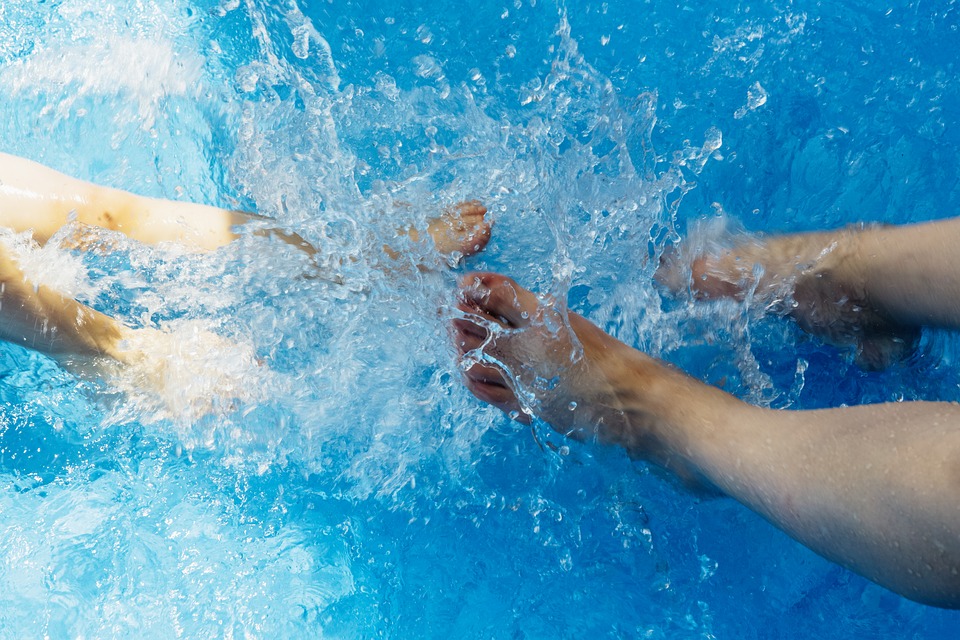Pools Are Way More Gross Than You Ever Imagined
And those stats are just for the pools that received routine inspections—only about 68 percent of local health agencies inspect or license public pools, according to the CDC.
There are a few things you can do before taking a dip to make sure the water is safe.
One measures: Grab pH strips from a superstore or pool-supple store and check the water’s pH and free chlorine and bromine concentrations are correct. You want to see a free chlorine concentration of at least 1 ppm in pools, and at least 3 ppm in hot tubs; a free bromine concentration of at least 3 ppm in pools and at least 4 ppm in hot tubs; and a pH between 7.2 and 7.8.
You also want to make sure that the drain at the bottom of the deep end is visible, and verify with management that a lifeguard will always be on duty.
You can also wear goggles to safeguard your eyes, and shower after your swim to wash any potential irritants off your skin.
Source: Men’s Health
TAGS:
SHARE:


